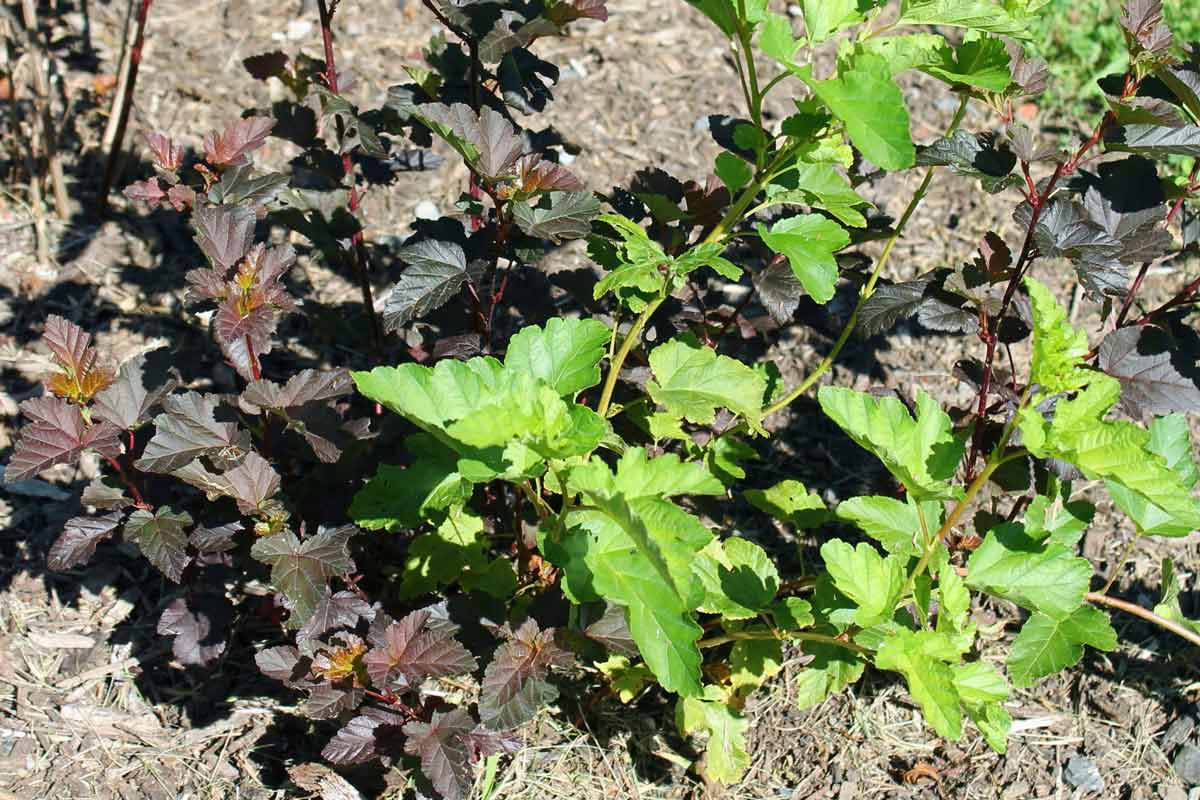Woe is My Landscape: 5 Common Yard Problems and How to Solve Them
Here are the top five landscape problems with ideas for solving them.
One of home gardening’s common mysteries is when a plant suddenly changes look. That once beautiful white-and-green variegated shrub might start growing all green, for example, or a dwarf evergreen might suddenly throw out a much bigger arm or two with noticeably larger needles.
Most cases of this color and shape-shifting can be traced to a genetic principle known as a “reversion.” Reversion is an oddity of the plant world that involves plant mutations that are sort of “undoing” themselves and going back to the growth habit of an ancestor. In the landscape, it typically happens to plants that came to us from breeders who capitalized on a chance mutation of a plant.

The larger ancestor of this dwarf Alberta spruce is starting to grow and take over the left side of the plant. George Weigel
One of the most common examples is the dwarf Alberta spruce, a popular type of native white spruce that was developed decades ago from a plant that grew in a very slow, tight, conical habit with unusually small, narrow needles.
Mutated branches like the one shown can be removed from parent plants and grafted onto the roots of other plants of the species to create a new plant with the mutated traits. Or a mutated cutting can be stuck into a potting medium, where it can root to produce a new baby plant with the mutated traits.
Plants with variegated leaves or with altogether different leaf colors often come from mutations. That’s what gave us gold-variegated euonymus, tricolor beech trees, variegated weigelas, dark-leafed ninebarks, and variegated boxwoods, to name a few.
Sometimes the genetic changes of these mutations don’t hold forever. As these plants grow, sometimes their dormant ancestral genes begin to express themselves again, usually in the form of a variegated leaf going back to solid green or a dwarf conifer suddenly producing a much bigger shoot.
Another version is when weather or some other assault kills the grafted part of a plant, allowing new and different growth to emerge from the roots. That’s usually the answer when someone wonders, “My rose used to be pink with nice big flowers, and now it’s growing all gangly with red flowers. What happened?”

This young dark-leafed ninebark, left, is starting to sprout its ancestor’s green leaves from the right side. George Weigel
Assuming you like what you bought and prefer it to the reverting look, cut off reverting branches and shoots ASAP. If you don’t, the original form of the plant is likely to become more and more prominent and quickly dominate the mutation you bought. You may have to police regularly to counteract repeated reversion attempts.